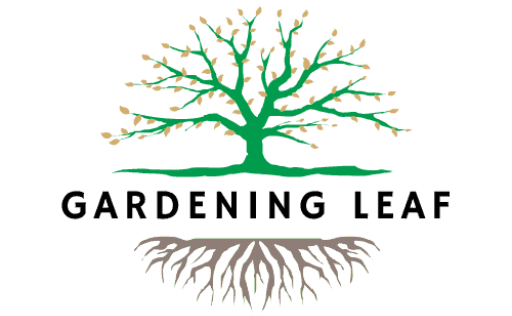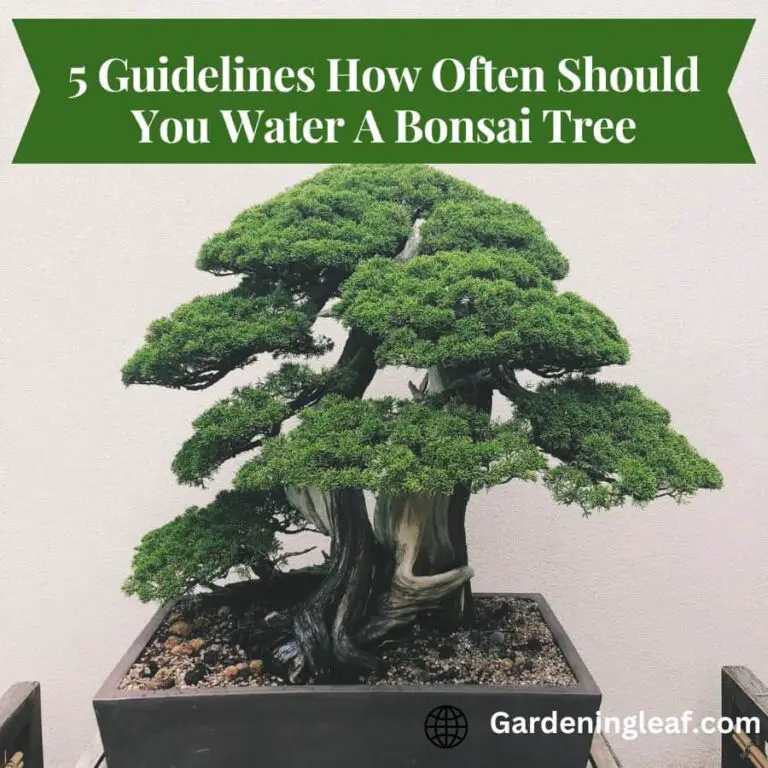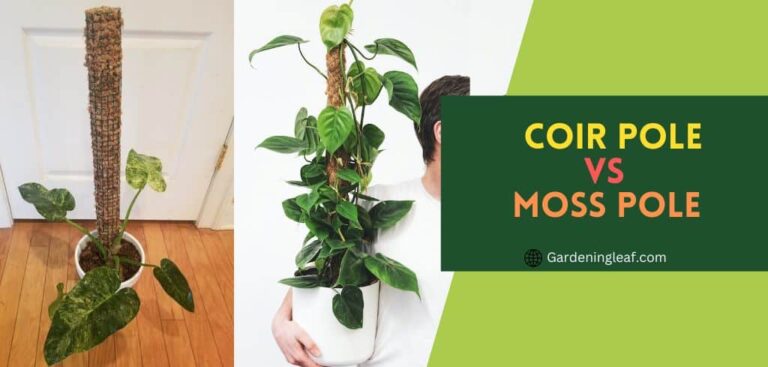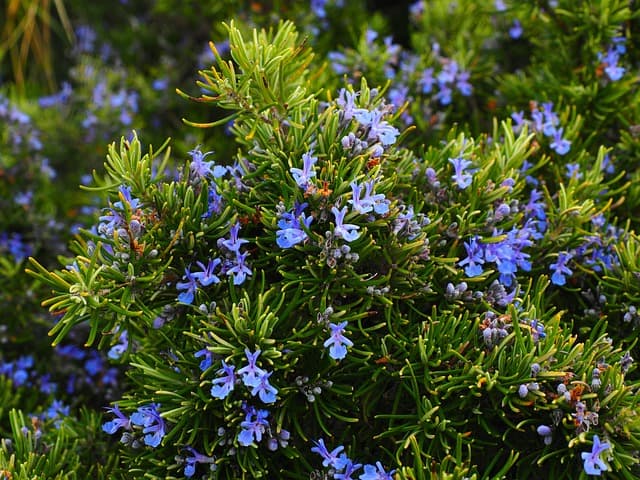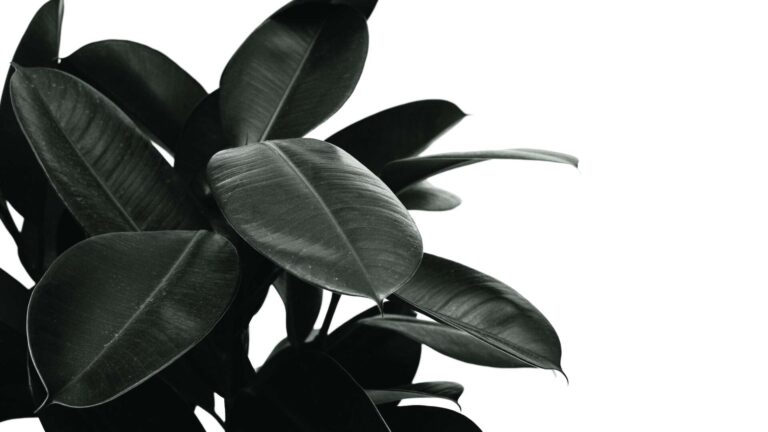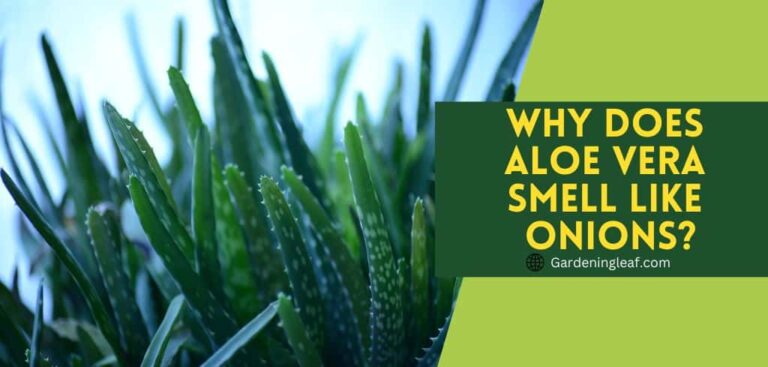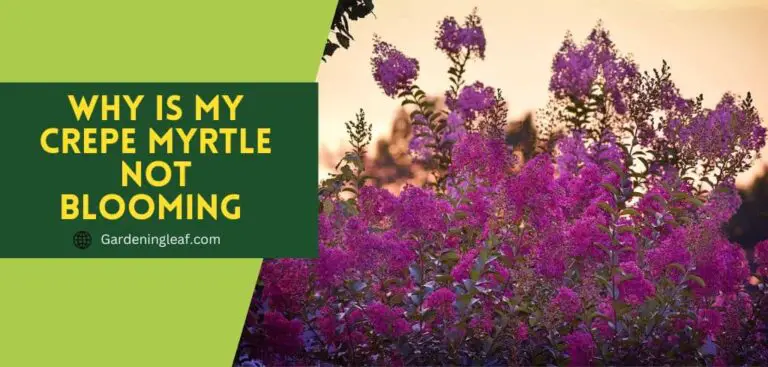How To Water A Garden Without A Hose – 5 Best Guide
Like most people, you probably go out of your way to avoid using water hoses in your garden. However, did you know that a hose is unnecessary to water a plant? There are several methods for doing this, each with advantages and disadvantages. This article will look at several popular ways, “How To Water A Garden Without A Hose.” Looking at each one in detail might help you find the best option.
How To Water A Garden Without A Hose
Watering your garden can be a chore, but it doesn’t have to be. Many people tend to water their gardens using a hose, but this is one of the worst ways to water your plants. Hoses are expensive, and they use a lot of Water. Additionally, they could harm your garden plants if you’re not careful.
Instead, you can “water your garden without a hose” using either an irrigation system or rain or drip irrigation.
Drip Irrigation
Drip irrigation is a type of water delivery that uses tiny droplets to distribute Water throughout the soil. This system is much more efficient than traditional methods and is easier to install and maintain.
- Comprehensive 108-piece kit for flower beds, gardens and landscaped areas;...
- Ultimate watering efficiency for all plants, shrubs and trees; up to 80%...
- Simple 3-step installation: connect to faucet, insert fittings into tubing,...
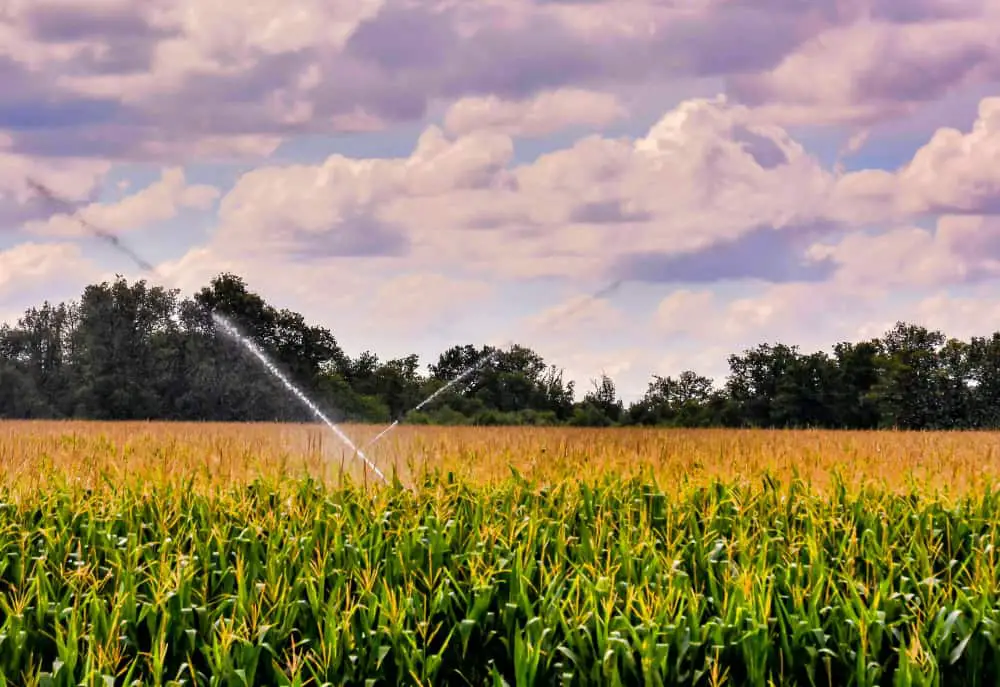
It’s also essential to install a system correctly so that the Water reaches the roots. It ensures healthy growth and better plant productivity. There are two types of drip irrigation: automated and manual. Automatic drip irrigation systems are standard, but manual methods are also available.
Manual drip irrigation systems are typically used in smaller gardens or yards. They involve connecting a hose to the water spout on the roof or ground and then directing the Water onto the plants using a pivoting arm. This simple system is easily adjustable to fit different garden areas. Manual drip irrigation is also less expensive than automated drip irrigators, making it an ideal option for smaller gardens.
Automated drip irrigation systems are standard in more extensive gardens or commercial landscapes. These systems contain sprinklers that automatically Water plants at set intervals throughout the day. This system is usually faster and more efficient than manual drip irrigation and is easier to operate and maintain. Automatic drip irrigation systems are perfect for enormous gardens with many plants, as they can quickly cover more area without often adjusting hoses or arms.
A drip irrigation system also comes with a few drawbacks. One big issue with drip irrigation is that it can cause water to pool on the soil’s surface, leading to root rot. If this happens, your plant will begin to lose roots and leaves and may die. Another problem with drip irrigation is that it can be expensive to install. If you’re installing drip irrigation for the first time, it will likely cost more than other watering systems. Finally, drip irrigation takes longer to water large spaces than other water systems. To water an entire yard with drip irrigation, you’ll have to run the system for hours at a time.
Watering globes
- Easy-to-Use Globe Waterer for Plants! Simply fill the bulb and insert into...
- Works for Indoor & Outdoor Plants!
- Embellish your Plants with our Colorful Glass Watering Device.
when you think how to water a garden without a hose when you not available for 2-3 days. Then Watering globes are a great way to keep plants watered evenly and efficiently. They are also a popular garden accessory because they look beautiful and add to the beauty of the indoors and outdoors.
Fill the watering globe with Water. Pour slowly from about 2 feet onto the globe’s surface to fill smaller globes less than halfway. Pour slowly from 4 to 6 feet away to fill the giant globes fully. The more Water the globe holds, the longer it will take to fill up.
The watering pots will need to be refilled regularly; it is recommended to water plants from below, using long hoses attached to faucets on an irrigation system, rather than filling water pots.
Also Read :- How to Clear an Overgrown Garden Fast
Aerating your lawn without a hose

Aerating your lawn is a terrific way to keep it healthy and maintain its appearance. You can do this by using either a fork or spading tool to break up the soil, and Water will then reach the roots more easily. Before watering the soil, add organic material like aged manure or compost. If watering your garden without a hose is not an option, first identify where the main water points are and connect them with an underground sprinkler system.
Built-in Sprinklers
Watering gardens with sprinklers can be a hassle-free task if you’re smart about it. By adjusting the water flow according to your garden’s needs, installing one or more built-in sprinklers will help Water everything evenly and regularly. It’s also crucial to find a spot in your garden that can act as a water reservoir—this way, you won’t have to run outside as it starts raining and the hose gets full. And of course, don’t forget to turn them on when rain is imminent and off once the sun comes out!
Keeping Rainwater Barrels
Keeping rain barrels is an excellent approach to conserving money and the environment. When the rainfall is adequate, water your plants using stored rainwater—this will help preserve water resources and minimize wastage. If you don’t have a garden or want to grow plants without watering them frequently, water them using buckets, pots, or bathtubs. You can even use grey water (non-potable Water used for washing) to irrigate plants-just ensure that it’s properly cleaned first!
Tips to Water in a garden
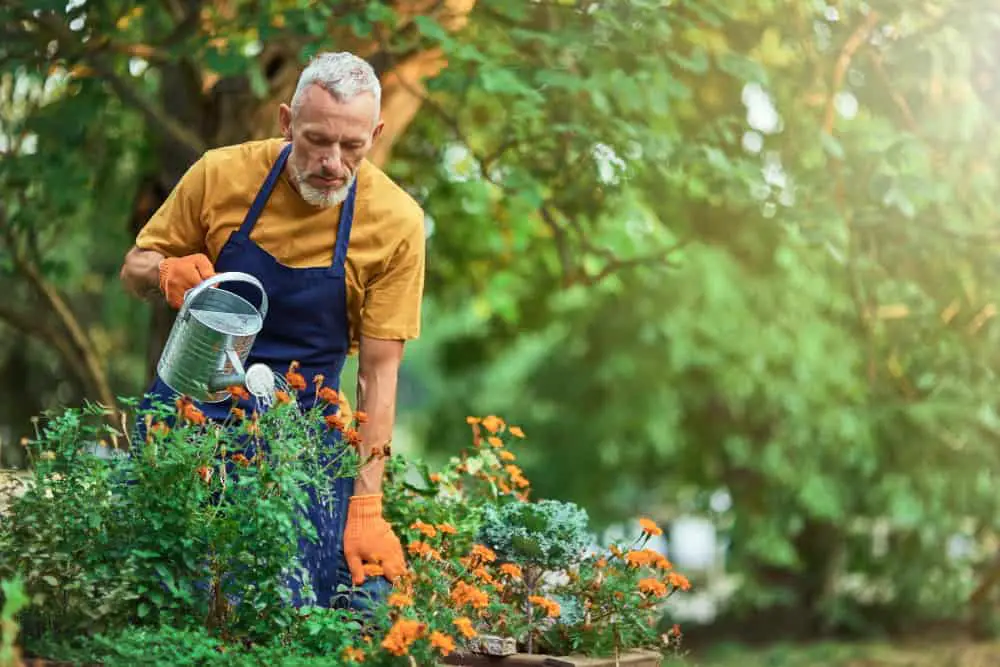
Watering a garden isn’t as hard as it seems. Watering can be done with just a few simple tips. Start using an extension cord if necessary to water a lawn with ease. Next, fill a watering can or pot with Water and put it in the area you want to irrigate. Aim the spout at the soil, so it goes deep enough, and distribute it evenly around the lawn. Don’t over-water; let the ground soak up as much moisture as possible before applying more Water!
Choose the right time of day.
Choosing the right time of day to water your plants is an essential part of gardening. By following a few simple tips, you can ensure that your plants get the Water they need at the correct intervals and without over-watering. Take normal soil moisture levels into account by checking them regularly and scheduling watering times around this information. Use a timer or watch when watering, so you don’t constantly have to guess how much Water is needed. Different parts of your garden require various watering schedules—knowing which cycle best suits which type of plant is essential for successful gardening!
Also read :- How To train Pothos to Climb
Keep an eye on the plants.
One of the best ways to increase your success as a gardener is to keep an eye on your plants. Watering schedules and methods can be adjusted based on what’s happening with the plants. If there’s any sign of drought or water scarcity, adjust the watering schedule accordingly! Regular, daily intervals will also help prevent over-watering and damage to your garden.
1) Set the automatic irrigation system water flow to “slow” so that it is released gradually over time.
2) Collect rainwater for your plants using a rain barrel or a water butt-this way, you won’t need to buy unnecessary amounts of Water at retail prices. And remember not to over-water! Soil that feels dry should be lightly moistened with mist instead of being entirely wet.
3) Keep an eye on the weather forecast before watering your garden—check whether there’s likely to be any rainfall soon so that excess moisture doesn’t accumulate in the soil. Watering should occur in the morning and evening when direct sunlight can reach it easily (avoiding late afternoon or early evening).
Plan your watering schedule.
When watering your plants, it is essential to follow a watering schedule that will hydrate them and prevent waterlogging. Avoid watering on hot days, as this will make the plants thirsty and cause them to grow slowly. Water your garden in two stages—morning and evening. During the day, Water the roots, while Water the leaves and flowers at night. For smaller gardens, water the plants from below with a watering can or hose; this way, you avoid wetting the leaves.
Add Water gradually
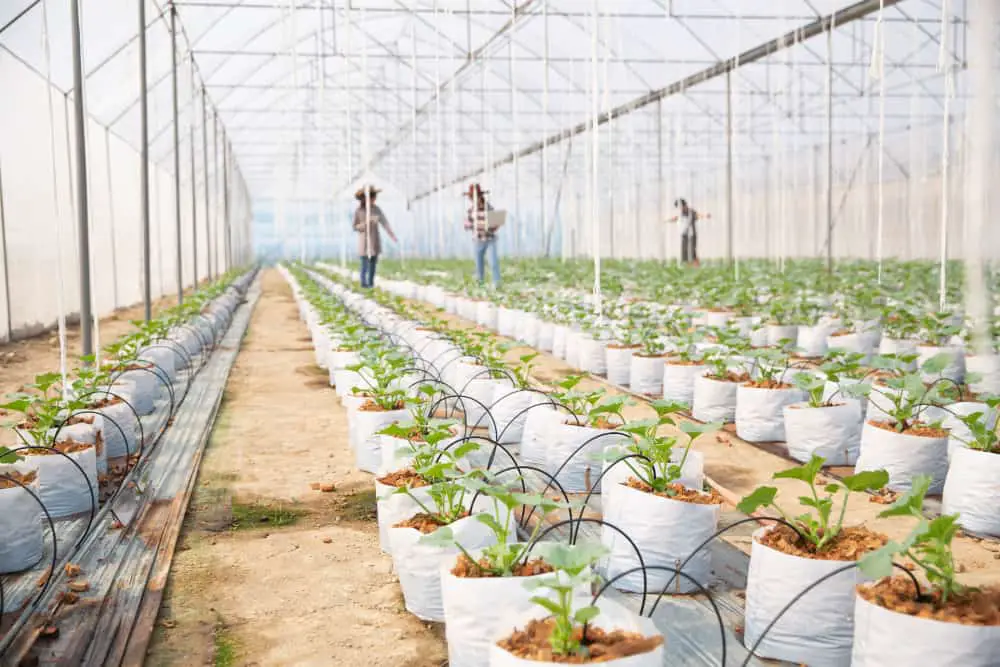
Always water your plants from below, never from above. It improves their capacity to absorb water and avoid flooding. Start by adding water to the basin gradually—this will help prevent flooding. If you notice brown patches on your plants, it’s time to change the watering amount to low. Give them a break for a few days, and then try watering them again more slowly. If the basin becomes full, turn off the tap and wait for it to empty before you refill it.
Use a hose if needed.
There is no one-size-fits-all watering solution for plants. However, following simple guidelines will help your plants get the necessary Water and stay healthy. First, ensure you Water the roots; so the plant can access its essential nutrients. If you have a large garden, try watering at small intervals throughout the day instead of spraying one area at a time. The easiest and most effective approach to water plants in tiny gardens is by far to use a hose. Keep an eye on weather conditions. If it’s too hot or humid outside (or inside), your garden may not be able to take as much water as usual.
Choose the right time of year.
To water plants correctly, it is important to consider a few factors, such as soil moisture level, weather conditions, and time of year. Weekly checking of soil moisture levels will help determine when watering is necessary. Large areas should be watered using a hose, while smaller areas can be watered with the sprinkler system. Try not to water if it’s very hot or cold outside or if there’s rain forecasted, because this might cause runoff and damage plants. Watering gardens in the morning or evening during sunless hours helps avoid evaporation and promotes healthier growth for plant leaves.
Stop wasting Water
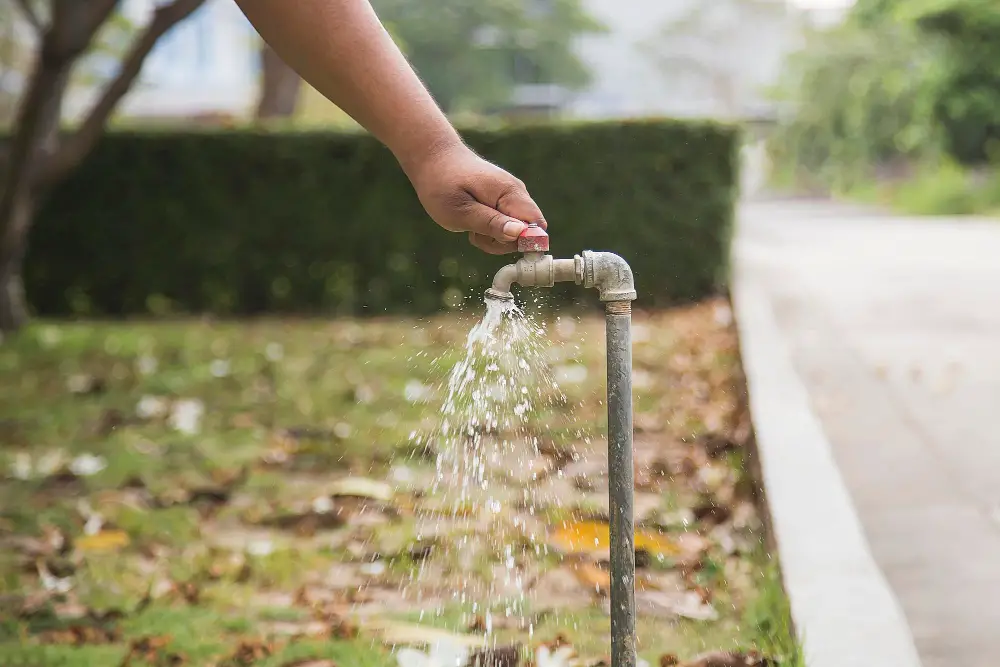
Like most people, you probably waste Water watering your lawn. It can harm your lawn and garden, not to mention be a needless waste of resources.
According to the EPA, an average American uses around 133 gallons of Water daily. That’s enough water to fill up more than 20 bathtubs! And that’s just for watering the Lawn – Americans use around 560 billion gallons of water yearly!
So how can you stop wasting all this Water? One way is to switch to a drip irrigation system. This system allows you to precisely control the amount of Water that flows into your plants, which saves you a lot of time and money. You can also reduce your water usage by mulching your lawn – this helps retain moisture and reduces the need for watering. Finally, keep an eye on rain gauges and adjust your irrigation accordingly – knowing when and how much to irrigate is vital to saving Water!
Also read : – How to Grow a Venus Fly Trap from a Seed
Frequently Asked Questions
When should you water plants on a hot day?
Attach a soaker hose to an overhead faucet and Water the plant directly from above to water plants early in the morning or late at night when it’s cooler outside. When watering plants in the morning or evening hours, water them slowly so that the soil can absorb the Water fully. Water plants effectively on a hot day slowly around the roots to avoid overloading them and causing soil erosion.
Conclusion
Since there are numerous ways on “How To Water A Garden Without A Hose,” it is time to choose one that suits you the most. Read through our article and note which method works best for you.
For instance, if you need to water your garden often, try installing an automated sprinkler system like the Grooved Mulching Lawn Sprinkler System! You can enjoy tidying up your yard without wasting too much water or effort.
Watering grass mulch helps reduce the need for Water by reducing evaporation and smothering weeds. It also does not allow ground moisture to penetrate too deeply, thus cutting down on different types of diseases (that can come with watering). The added benefit is a healthier growth environment for your seedlings, as mulch provides healthy nutrition and allows their roots room for their needs.
Reference :- https://www.hgtv.com/outdoors/gardens/planting-and-maintenance/the-proper-way-to-water-your-garden
